The Webby Awards — the “best of the web” trophies given by the International Academy of Digital Arts and Sciences — were announced the other day, and this year, only a few cultural institutions were named winners.
 In the “Art” category, the winner is the Adobe Museum of Digital Media, a self-described “ever-changing repository of eclectic exhibits from diverse fields ranging from photography to product development to broadcast communications.” YouTubePlay was the People’s Choice in this category.
In the “Art” category, the winner is the Adobe Museum of Digital Media, a self-described “ever-changing repository of eclectic exhibits from diverse fields ranging from photography to product development to broadcast communications.” YouTubePlay was the People’s Choice in this category.
In “Best Use of Animation or Motion Graphics” categoy, the winner is Monet2010, the site created for the exhibition held last year at the Grand Palais. It’s worth exploring, definitely, but don’t go there a quick look. Give yourself some time to see the paintings, the tour, etc.
Monet2010 also won the “Best Visual Design – Aesthetic” category.
People’s Choice awards in those categories went to the Adobe Museum and Life.com, the magazine website, respectively.
The “Best Cultural Institution” website winner this year was the Anne Frank House, with the People’s Choice award in this category going to the Smithsonian Institution. Why these two were singled out is a bit of a mystery to me: they seem fairly ordinary, no better nor no worse than many other cultural institution websites.
The entire list of nominees, winners and People’s Choice winners is here.

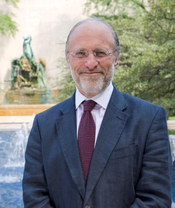
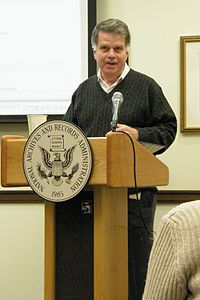 Aside from the National Archives, participating institutions include the state archives in Belgium, Ukraine, Germany, the United Kingdom, France, and others. As archivist of the U.S. David Ferriero (pictured, left) said in a
Aside from the National Archives, participating institutions include the state archives in Belgium, Ukraine, Germany, the United Kingdom, France, and others. As archivist of the U.S. David Ferriero (pictured, left) said in a 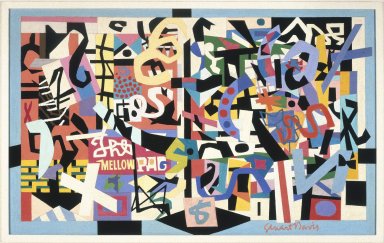 In this week’s Saturday’s Wall Street Journal, I’ve got the space devoted each week to the
In this week’s Saturday’s Wall Street Journal, I’ve got the space devoted each week to the 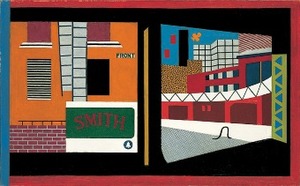
 The teen curators at the Albright-Knox Art Gallery, which I wrote about
The teen curators at the Albright-Knox Art Gallery, which I wrote about 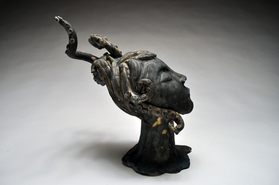 From Future Curator Benjamin Almeter:
From Future Curator Benjamin Almeter: